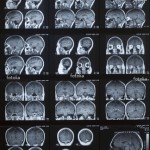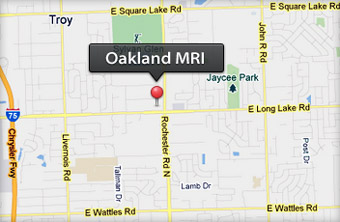 Late Disease Diagnosis Giving Way to Early Detection
Late Disease Diagnosis Giving Way to Early Detection
Some cancers are more deadly than others but the one common refrain heard with all cancers and all diseases is that, if caught early, chances of a full recovery are increased. Now a new technology promises that doctors will soon be able to find disease even before symptoms occur.
Prostate cancer, for example, is currently detectable through a “digital exam” or the Prostate Specific Antigen (PSA) blood test. These methods have recently come under scrutiny as they often lead to false positive results and unneeded biopsies.
According to Jason Polzin, MR Chief Engineer at GE, “if there could be a way to monitor and measure metabolic changes such as an altered citric acid cycle, glycolysis and fatty acid synthesis, perhaps a signature that defines prostate cancer could be discovered.”
Metabolic MRI to Identify Early Footprint of Disease
GE has just announced the introduction of SPINlab, a hyperpolarizing system that allows doctors to visualize real-time metabolic activity at the cellular level using magnetic resonance imaging (MRI). The company unveiled the new system at a joint meeting of the International Society of Magnetic Resonance in Medicine (ISMRM) and the European Society of Magnetic Resonance in Medicine and Biology (ESMRMB). The technology is the first to come out of Research Circle Technology Inc. (RCT) a global and open network of leading scientists collaborating to develop innovative technology and GE’s Global Research and Technology Ventures groups.
Just three years ago, this technology was in its infancy and required a large amount of space and liquid helium, and several operators. Now the technology is a fully automated high throughput system with minimal helium required.
Studying Real Time Metabolism
According to researchers, nearly all major diseases have at their root a metabolic problem. The new technology makes MRI tests 20,000 times more sensitive than previously. To date, doctors have relied mostly on the study of the morphology and functionality of disease. Now, doctors can visualize flow, perfusion and metabolism and observe organ and cell viability in real time.
References and related content:
- SpinLab Public Relations
- Spinlab | Simulated Planetary Interiors Lab
- Spinlab Reviews | Glassdoor
- iResearch-Reporter Brief: SPINLab
- Image #1: Metabolic MRI (Image Courtesy www.whyfiles.org)
- Image #2: Spinlab (Image Courtesy www.ge.com)
- Original article and related links

